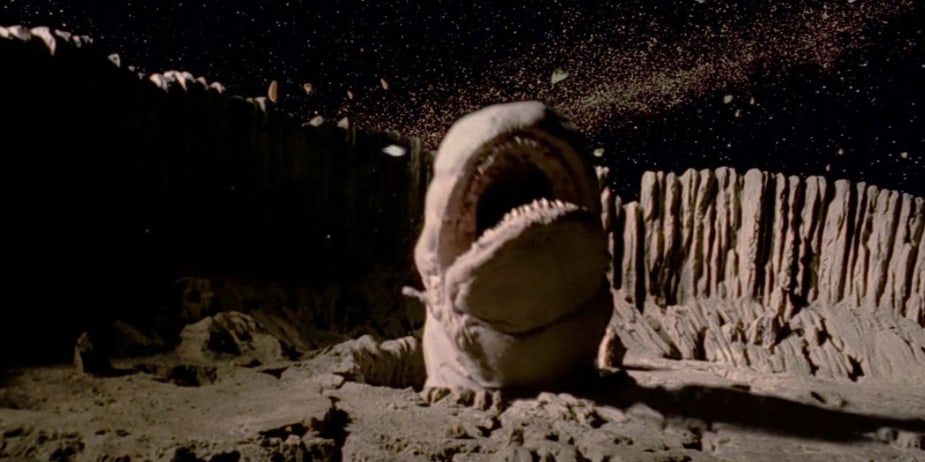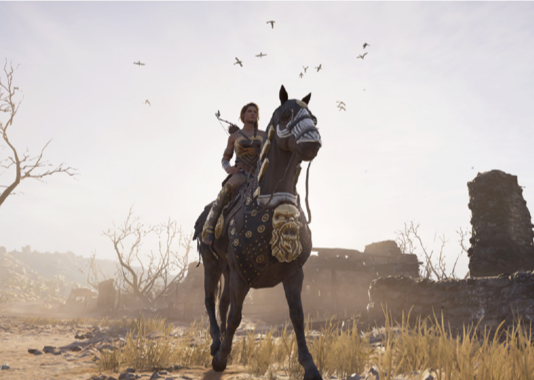But one story has endured since Ancient Greece. Well, not so much a story, as a model for one. That's the Hero's Journey. I've been meaning to write about it since starting this blog. If you're familiar with Joseph Campbell's works, you probably guessed that by this blogs name.
I covered Hero's Journey briefly in my previous blog, which I've since terminated, but hopefully, since then, I've gained more wisdom and, maybe, can cover it a bit better.
Either way, it's good to know, whether you're a writer or reader, because this is what our stories are made of. Joseph Campbell covered it throughly in his book, Hero With A Thousand Faces. A bit too throughly, maybe?
I might get all sort of hatred for this opinion, but frankly, I find it boring. Read it and judge yourself. Even better: Listen to the Audible! That's How I prefer
Or you can just take the quick lesson and watch the original Star Wars!
To me, the Hero's Journey is incredibly difficult to grasp in all its simplicity. With this trilogy of posts I hope to dress it throughly, but simply, using modern examples.
I'm learning it myself, so please take it with a grain of salt, but I believe this will make your story better if you're a writer and if you're a reader, it will allow you To enjoy it even more.
Ready for the Journey? Then let's go!
1: Call to Adventure
Every story ever made began from one place: normal world. It could be set in Chicago of 2020, or it could happen "A long time ago In a galaxy far, far away", the point is the same: it's a normal world to the Hero, until he gets the call.
Luke getting Princess Leia's message is one of the best examples. "Help me Obi-Wan Kenobi. You're my only hope" leads him to seek out old Ben Kenobi, who turns out to be more than just the old hermit he seems.
A classic example is from Lord of the Rings, when Frodo gets the ring of his uncle Bilbo and Gandalf tells him it's The One Ring To Rule Them All and it must be destroyed. In its prequel, The Hobbit, the call couldn’t get more literal as Gandalf travels to the door of Bilbo, and simply calls him on an Adventure
2: Refusal of The Call
Hero, as a normal and sensible person, naturally would refuse the call. Nobody leaves the comfort of their home, unless absolutely necessary. The same goes with the Hero.
Hobbit offers also a brilliant example of the refusal, as Bilbo says 'No thank you!' to Gandalf and closes the door in front of him.
Luke wouldn't even dream of fighting The Empire, before he sees the charred bodies of his uncle Owen and aunt Beru. Till then it's all his comfort zone.
Only when the Hero realizes, that everything has changed, and there's no going back, will he take his Journey. With Bruce Wayne, the Journey began, when he kneeled at his parents still warm bodies. This is the same, regardless of the mythos.
3: Supernatural Aid
After setting his feet to the larger world, the Hero needs all the help he can get. Traditionally it's been an old man, possibly the Hero's Guardian or fairy godmother, who offered some item, like a key, that helped the Hero on his Journey.
Often the supernatural aid is also a mentor, but not always. His most important role is to provide aid to Hero, to get through his Journey.
Obi-Wan giving Luke his father's lightsaber and teaching the basics of The Force helped him enormously later on, though not before The Empire stroke back. The help usually doesn't, or shouldn't come in handy right away. The Hero needs to grow first.
The supernatural aid doesn't have to be friendly. Gollum tried to eat Bilbo and Bilbo had to cheat him out of his little ring of invisibility (that never caused anyone trouble later, right?)
In Superman, Clark Kent knew his powers for some time, before encountering the projection of his long-dead real father Jor-El. He gave Clark his purpose as Superman, while Clark's foster father Jonathan Kent gave him his values, the love for Truth, Justice and The American Way.
Of course supernatural aid doesn't have to be supernatural. Though James Bond hasn't done Hero's Journey, at least before Graig, the original Q fit the supernatural aide perfectly.
His sole purpose was to provide Bond with the gadgets he needed to defeat the bad guy. Usually Bond didn't even need them before the final scene with the villain.
4: Crossing of The First Treshold
This is, where The Hero has to try his own feet. He usually stumbles, so he can learn to get up. This is the Hero's first real challenge. He often encounters a treshold Guardian, that he has to get through.
The Hobbits stepping out of The Shire in Lord of the Rings and then entering The Old Forest, where the trees lived and moved (the movies understandably cut this whole episode, so you'll find it only from the book).
These trees, as well as the ghost they encountered in the burial mounds offered the treshold Guardian.
Luke met his nightmarish treshold Guardian moment in Dagobah, when he ventured to the cave and encountered Darth Vader - Only to find out it was a vision of what he would become.
The point is for the Hero to learn to fend himself, so the Guardian doesn't have to be a monster or a living adversary, but it helps.
In Batman Begins the first treshold would be the prison Bruce Wayne is thrown, with its inmates being the Guardians.
5: Belly of The Whale
As The Hero stumbles through the treshold, he falls to the pit. The belly of the Whale. When I was a kid, I had a little pictured book of Disney's Pinocchio. I remember vividly the terrifying Whale consuming Pinocchio and Gepetto.
In mythologies it's often been quite literal, like with Jonah In The Bible. But Modern mythologies have all variations of it, such as the prison In The Dark Knight Rises.
In the 1978 Superman movie, he found Lex Luthor's underground hideout. Naturally this was a trap set by Luthor, who tricked Supes to open a case of lead, something Superman's X-Ray vision can't see through. Inside the case was a piece of Kryptonite, that immediately rendered Superman helpless, killing him slowly. This was one sort of Whale's belly.
Of course, modern mythologies can also go literal in times. We all remember Millennium Falcon staying in the asteroid field and hide in the cave from Imperial pursuers, only for Han Solo to realize, that they're in the belly of a giant space slug.
Star Wars is Luke Skywalker's Journey, but Han Solo has a Hero's Journey as well. His Journey is to grow from cynical scoundrel to a loving man, sacrificing himself for his friends.
In the belly of the Whale he first shows protectiveness towards Leia, his one True love.
With Luke, the belly of the Whale was the moment he threw himself down to the shaft, after Darth Vader telling him the truth about his father.
Luke was completely trapped, only to be saved by his intuitive connection to Leia, who would turn out to be his twin sister.
READY FOR INITIATION?
I hope you've enjoyed this Journey so far. Because The departure is only the beginning. It's simply training for the Hero to become a jedi master or learn to defeat six hundred men.
Next week we'll get to the real deal: the initiation. Meanwhile you should study the Hero's Journey by reading or watching your favorite tales. Star Wars, Matrix, Lord of the Rings and Harry Potter are just the few that comes in mind.
But if you want just one book that sums up the whole thing, read The Hero With A Thousand Faces. That's what myths are made of.
Thanks for reading and see you next week!
-Alex


















No comments:
Post a Comment